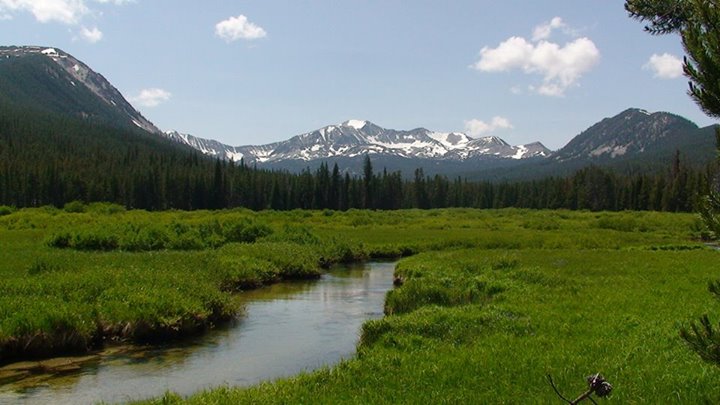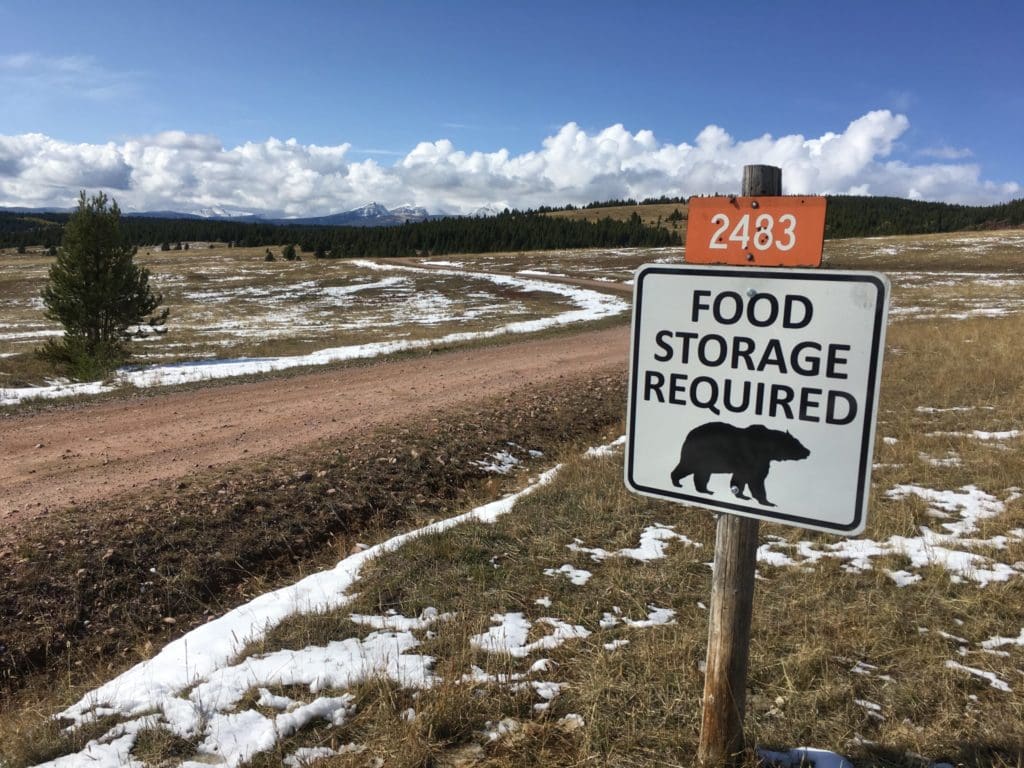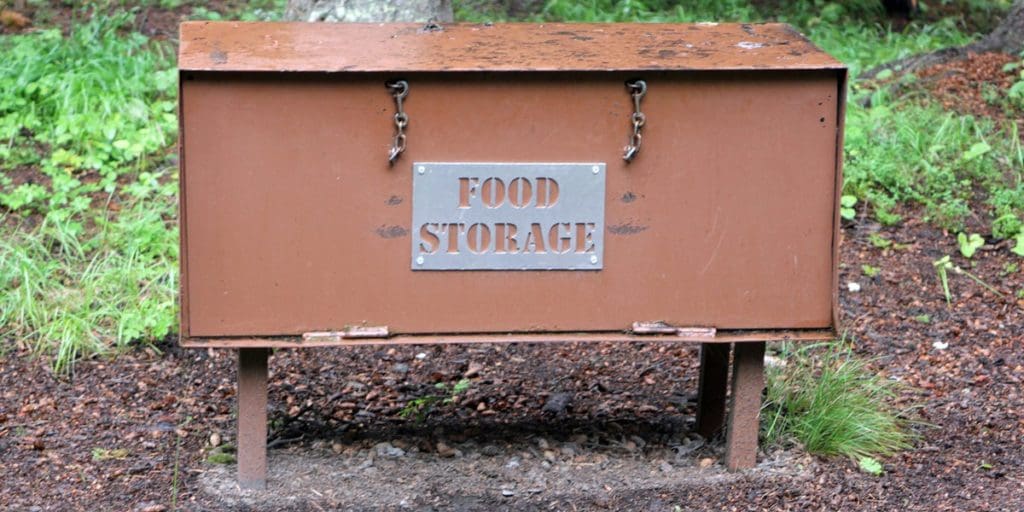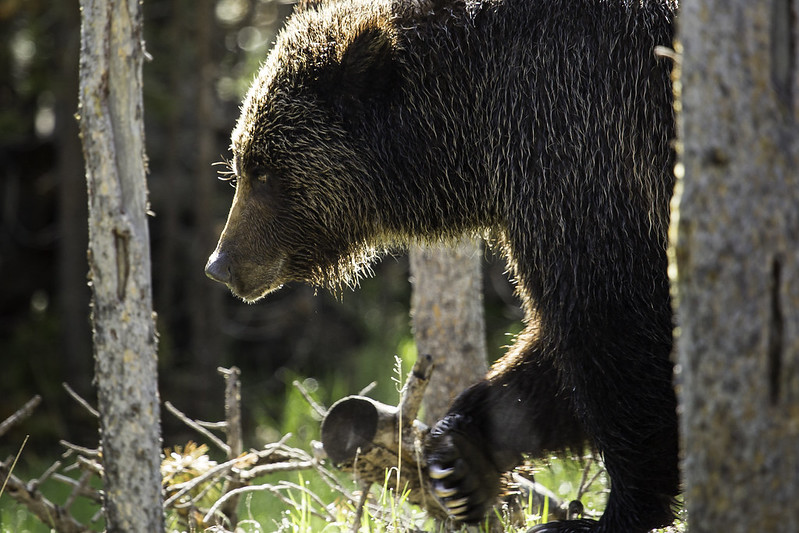Across the Yellowstone to Yukon region, many people either live or recreate in the same places that wildlife live, move, mate and eat.
Attractants are food or garbage that smell good to animals and are one of the major factors that people need to manage effectively in order to coexist with large carnivores like bears.
Human food sources are a big no-no for any species, but bears are especially good at tracking down their next feast. When bears are too used to eating human food, they become habituated and lose their fear of people.
Here are just a few ways that Y2Y, in collaboration with some fantastic partners, have recently worked to reduce and manage attractants in the U.S. High Divide.
Putting a lid on it: Managing waste in bear country
How we worked with partners to make a southwestern Montana waste transfer station more wildlife-friendly
The Nevada City waste transfer station near Virginia City, Montana was a problem spot for black bears for several years. Sure, bears might love having delicious smelling garbage readily available, but by removing the option to dig in, they’re much better off and can thrive in their natural habitat.
In October 2019, several groups came together to bear-proof the waste transfer station, and things have since improved for bears and people. Y2Y is proud to have supported this effort.
“Something needed to be done to make these dumpsters a little safer,” says Ryan Picken, game warden for Sheridan District. “It’s a win-win for everybody — bears and for the people.”
Watch this short video to see how our collaborative efforts made a big difference.
‘Sign’ing on to safety for bears and people
What Y2Y is doing about grizzlies returning to Big Hole Valley
It’s safe to say that bears haven’t been on most recreationalists’ minds when they head out into the forests surrounding southwest Montana’s Big Hole Valley for quite some time – a few generations to be more specific. Now, grizzly bears have been observed returning to the Valley. That’s great news for connectivity, but what does it mean for people who aren’t used to having bears around?
Big Hole Valley is a spectacular place that offers plenty of ways to enjoy the outdoors. The Beaverhead-Deerlodge National Forest is abundant with places to camp, bike, fish and experience other backcountry recreation. Government websites even describe it as a place to “find the primitive experience of wilderness”.

With that in mind, we and our partners People and Carnivores and U.S. Forest Service knew it would be important to provide accessible information for those heading out to enjoy nature. We did so through supporting the installation of signs that remind people to safely store food in and around the Valley.

Why? Part of ensuring success and safety for people and wildlife in shared spaces is keeping attractants, such as food, secured in hard-sided vehicles, bear resistant containers or up bear poles.

“Putting signs up at main entry points to the Beaverhead-Deerlodge National Forest is one example of a simple action that has the potential to make a big difference when it comes to coexistence in and around the valley. This could be new information to some people heading out to enjoy the outdoors in the area, so it’s important to let people know what they need do to stay safe and protect wildlife too.”
Nick Clarke, Y2Y High Divide project coordinator
As humans, the decision to be good neighbors for wildlife is within our control. By properly managing the storage and disposal of food and garbage, bears are more likely to return to their natural food sources, reducing the chance of conflicts with people.


